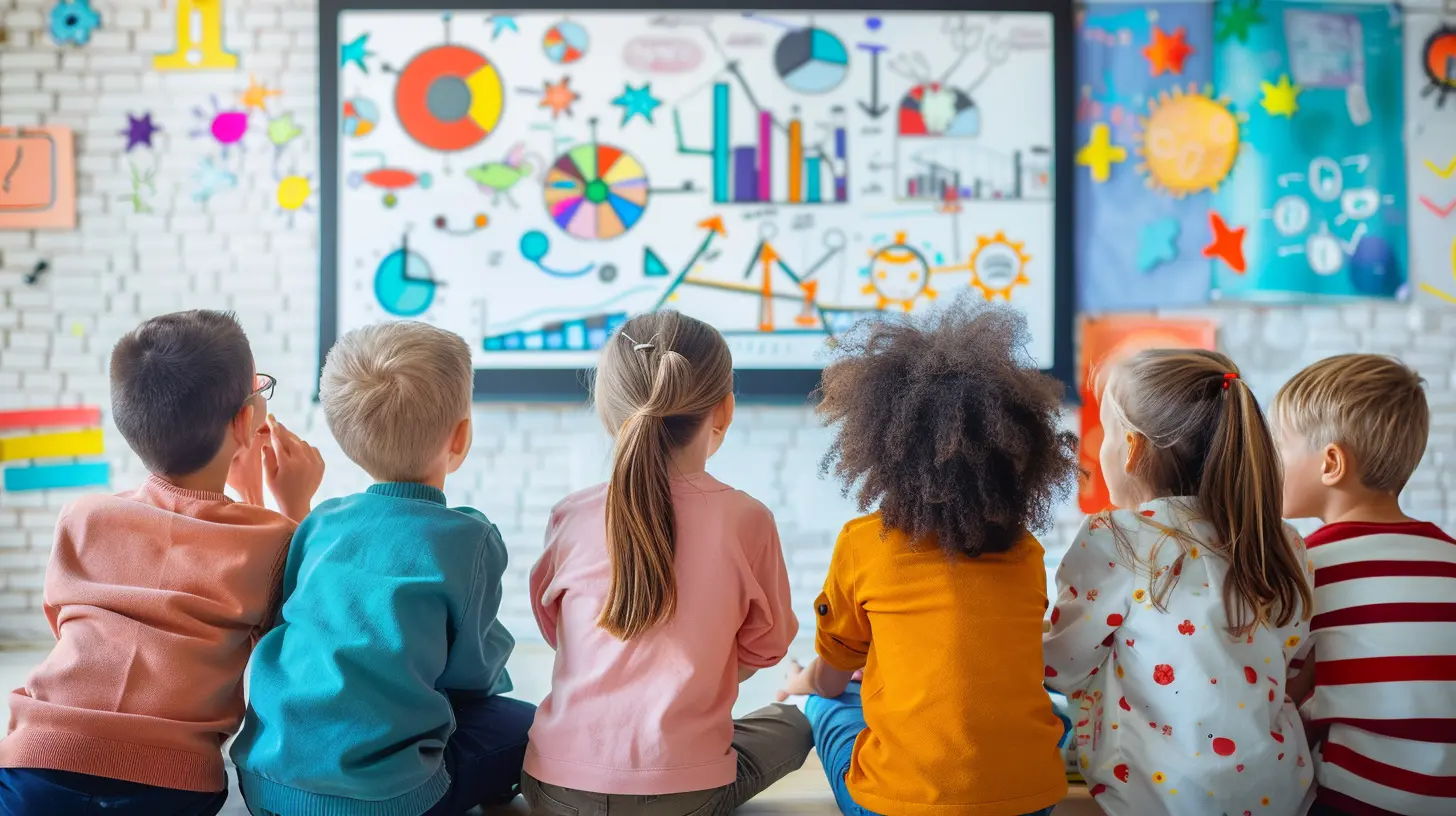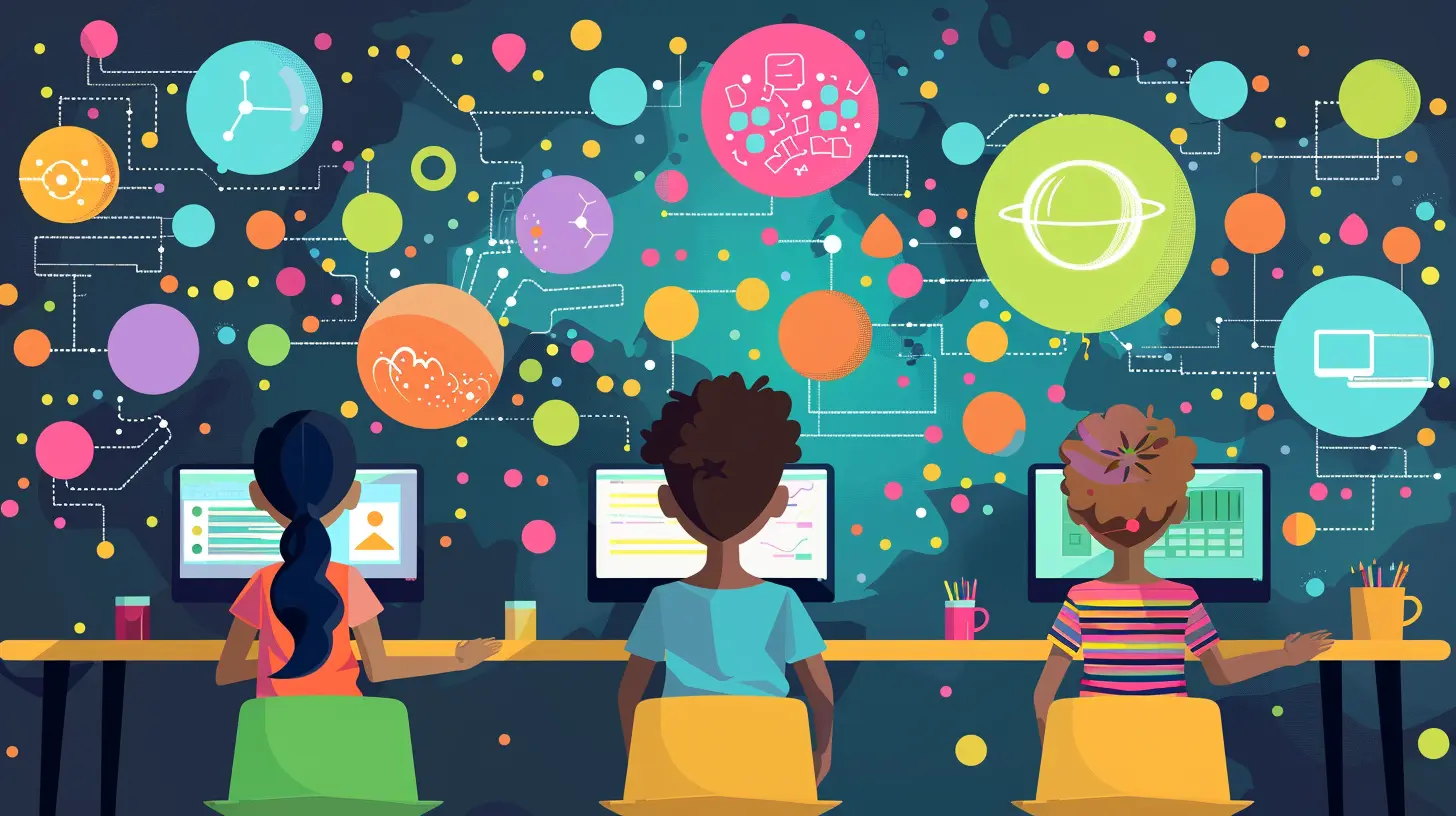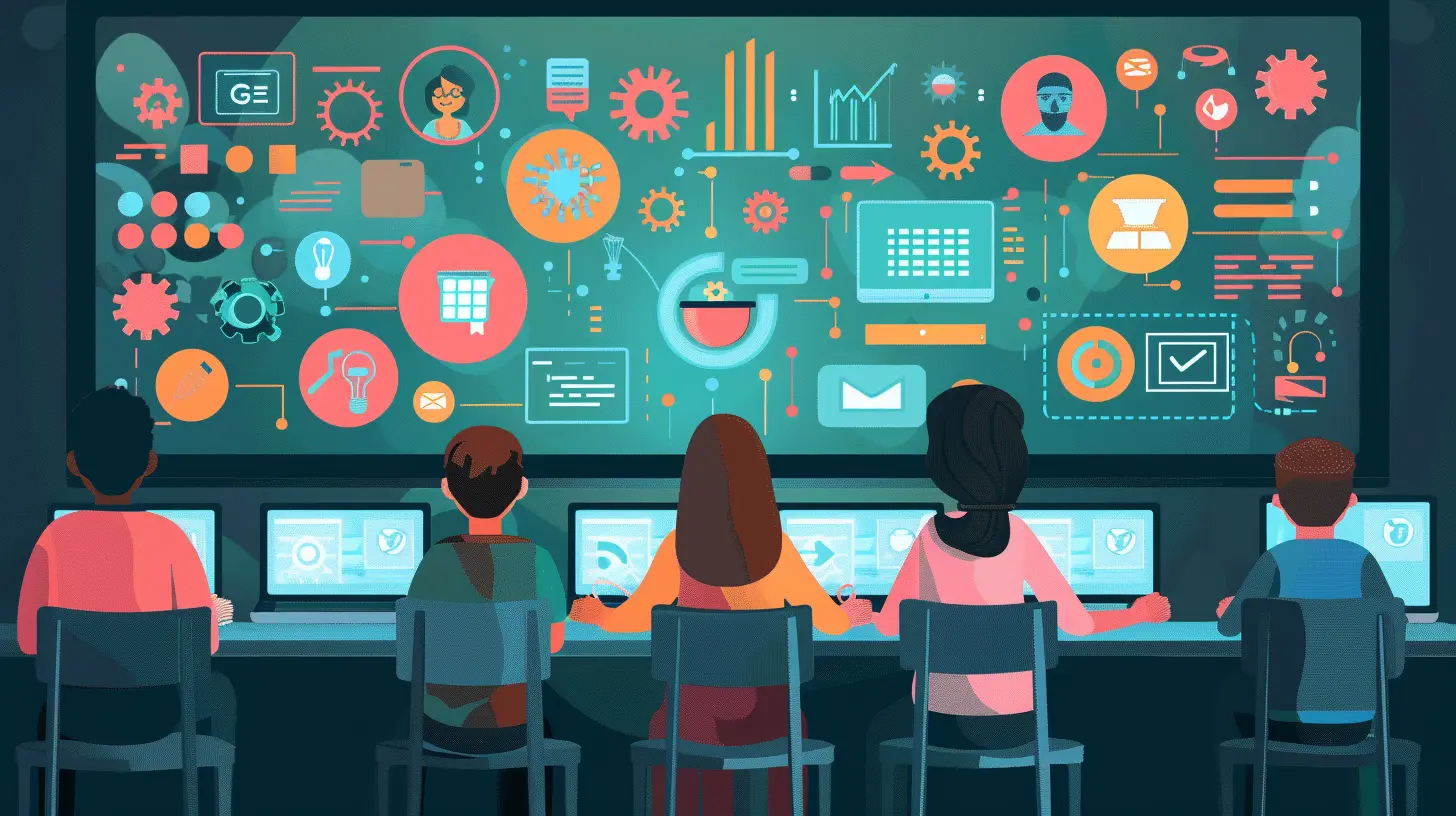Adapting Classroom Technology to Suit All Learning Styles
18 June 2025
Technology has transformed the way we teach and learn. Gone are the days of chalkboards and heavy textbooks—today's classrooms are infused with digital tools, smartboards, and AI-powered learning platforms. But here's the catch: not every student learns the same way. Some grasp concepts through visuals, while others prefer hands-on activities or auditory explanations.
So, how can we ensure that technology benefits every student, regardless of their learning style? The key lies in adapting classroom technology to accommodate diverse learning preferences. Let’s dive into how educators can use tech to create an inclusive and engaging learning experience for all.

Understanding Different Learning Styles
Before we get into the tech side of things, let’s talk about learning styles. Everyone processes information differently, and while there are various models, the VARK model is one of the most well-known. It categorizes learners into four main groups:1. Visual Learners
Visual learners absorb information best through images, charts, and diagrams. If a concept is explained with a graph or infographic, they’re more likely to understand and remember it.2. Auditory Learners
These students learn by listening. Lectures, discussions, podcasts, and even music can help them grasp concepts more effectively than reading a textbook.3. Reading/Writing Learners
As the name suggests, these learners prefer reading and writing. They excel with books, detailed notes, and written instructions rather than verbal explanations or hands-on activities.4. Kinesthetic Learners
Kinesthetic learners, or hands-on learners, need physical engagement. They learn best through experiments, role-playing, or using real-world examples that involve movement.Now that we understand the different learning styles, let’s explore how technology can be adapted to cater to each one.

Using Classroom Technology to Support Every Learning Style
1. Interactive Whiteboards for Visual and Kinesthetic Learners
Smartboards and interactive whiteboards are game changers. They allow teachers to visually present information using diagrams, videos, and animations—perfect for visual learners.But they’re not just for watching; students can interact with them by dragging elements, solving problems, or working in teams. That means kinesthetic learners won’t just be passive observers; they’ll be actively engaged in the learning process.
2. Educational Videos and Virtual Reality for Visual Learners
With platforms like YouTube, Khan Academy, and TED-Ed, students can access countless educational videos that break down complex topics into digestible visual explanations.Virtual Reality (VR) takes things a step further. Imagine learning about ancient Egypt by virtually exploring the pyramids or diving into the ocean to study marine life. For visual learners, this hands-on virtual experience can make concepts come alive.
3. Podcasts and Audiobooks for Auditory Learners
Not every student enjoys reading a long chapter from a textbook, but listening to the same material in a podcast format? That’s a different story.Apps like Audible, LibriVox, or even educational podcasts can enhance learning for auditory learners. Teachers can also record lectures or summaries so students can review lessons anytime.
Pro tip: Encourage students to participate in discussions and debates. The more they talk about a topic, the better they understand it.
4. E-books and Digital Note-Taking for Reading/Writing Learners
For students who prefer the traditional method of reading and writing, e-books and digital note-taking apps like Evernote or OneNote are invaluable.These tools allow students to organize their notes, highlight important sections, and even convert handwritten notes into digital text. Some apps also provide interactive quizzes and summaries, helping reading/writing learners retain information more effectively.
5. Gamification for Kinesthetic Learners
Who said learning has to be boring? Gamification involves integrating game-like elements into lessons, making learning fun and interactive.Platforms like Kahoot!, Quizizz, and Duolingo use rewards, leaderboards, and challenges to keep students engaged. For kinesthetic learners, playing an educational game can be far more effective than simply reading a chapter from a book.
6. Adaptive Learning Platforms for Personalized Education
Not all students learn at the same pace, and that’s where adaptive learning platforms come into play.Platforms like DreamBox, Smart Sparrow, and Google Classroom use AI to adjust the difficulty level and personalize lessons based on each student's strengths and weaknesses. Whether a student struggles with math concepts or excels in science, these platforms provide customized instruction that fits their learning style.
7. Collaborative Tools for All Learning Styles
Collaboration is key in modern education, and technology has made it easier than ever.Tools like Google Docs, Slack, and Microsoft Teams allow students to work on projects simultaneously, share ideas, and contribute in real-time. Visual learners can add diagrams, auditory learners can use voice notes, reading/writing learners can draft detailed documents, and kinesthetic learners can actively engage in the process.

Overcoming Challenges in Implementing Technology in Classrooms
While technology offers endless possibilities, implementing it effectively comes with challenges. Let’s look at some common roadblocks and how they can be tackled.1. Accessibility Issues
Not all students have access to advanced technology at home, creating a digital divide. Schools must ensure that students can access the necessary tools by providing loaner devices or using tech that works across multiple platforms, including mobile phones.2. Teacher Training
Introducing technology in classrooms requires proper teacher training. Educators should be comfortable using new tools and understanding how they cater to different learning styles. Professional development workshops and online courses can help teachers stay updated.3. Digital Distractions
Let’s be honest—students can get easily distracted when using technology. Social media, gaming, and unrelated content can shift their focus away from learning. Implementing monitoring software and setting clear usage guidelines can help keep students on track.
The Future of Technology in Education
With advancements in AI, augmented reality, and personalized learning, the future of classroom technology looks promising. Imagine intelligent AI tutors that adapt in real-time to a student’s learning pace or holographic teachers explaining subjects in 3D.The goal is not to replace traditional teaching methods but to enhance them—making learning more engaging, effective, and inclusive for students of all backgrounds and learning preferences.
Final Thoughts
Adapting classroom technology to suit all learning styles isn’t just about using the latest gadgets—it’s about ensuring that every student has an equal opportunity to learn in a way that works best for them. Whether it’s a visual learner using VR, an auditory learner listening to a podcast, or a kinesthetic learner engaging in gamified lessons, technology has the power to make education more personalized and accessible than ever before.Teachers, students, and parents all play a role in embracing this digital transformation. By integrating the right tools and strategies, we can create an inclusive learning environment where every student thrives.
all images in this post were generated using AI tools
Category:
Learning StylesAuthor:

Monica O`Neal
Discussion
rate this article
2 comments
Kaitlyn McWain
Great insights on inclusive tech strategies! Balancing diverse learning styles can truly enhance student engagement and success.
June 22, 2025 at 2:37 AM

Monica O`Neal
Thank you! I’m glad you found the insights valuable. Balancing diverse learning styles is key to fostering engagement and success in the classroom.
Aaron Cannon
Classroom tech: because who knew learning styles could be as varied as your coffee orders?
June 18, 2025 at 4:37 AM

Monica O`Neal
Indeed! Just as everyone has their preferred coffee, tailoring tech to diverse learning styles enhances engagement and effectiveness in the classroom.


